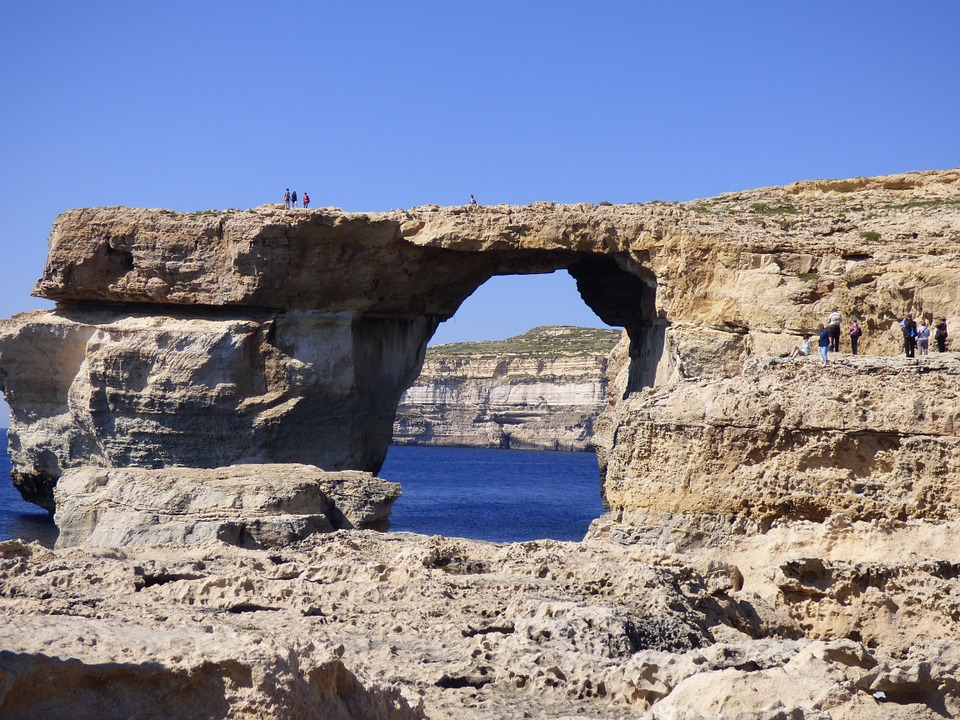
Geology (from the Ancient Greek γῆ, gē, i.e. "earth" and -λoγία, -logia, i.e. "study of, discourse") is an earth science concerned with the solid Earth, the rocks of which it is composed, and the processes by which they change over time. Geology can also refer generally to the study of the solid features of any terrestrial planet (such as the geology of the Moon or Mars).
Geology gives insight into the history of the Earth by providing the primary evidence for plate tectonics, the evolutionary history of life, and past climates. Geology is important for mineral and hydrocarbon exploration and exploitation, evaluating water resources, understanding of natural hazards, the remediation of environmental problems, and for providing insights into past climate change. Geology also plays a role in geotechnical engineering and is a major academic discipline.
The majority of geological data comes from research on solid Earth materials. These typically fall into one of two categories: rock and unconsolidated material.
The majority of research in geology is associated with the study of rock, as rock provides the primary record of the majority of the geologic history of the Earth. There are three major types of rock: igneous, sedimentary, and metamorphic. The rock cycle is an important concept in geology which illustrates the relationships between these three types of rock, and magma. When a rock crystallizes from melt (magma and/or lava), it is an igneous rock. Igneous rock can be weathered and eroded, and then redeposited and lithified into a sedimentary rock, or be turned into a metamorphic rock due to heat and pressure that change the mineral content of the rock which gives it a characteristic fabric. The sedimentary rock can then be subsequently turned into a metamorphic rock due to heat and pressure and is then weathered, eroded, deposited, and lithified, ultimately becoming a sedimentary rock. Sedimentary rock may also be re-eroded and redeposited, and metamorphic rock may also undergo additional metamorphism. All three types of rocks may be re-melted; when this happens, a new magma is formed, from which an igneous rock may once again crystallize.
To study these three types of rocks, geologists evaluate the minerals that make up the rock. All the colors you see in rocks are the different minerals crystallized within. Each mineral has distinct physical properties and there are multiple tests that a geologist can do to determine each one. The Mineral Identification tests are:
Geologists also study unlithified material (commonly referred to as drift) which typically comes from more recent deposits. These materials are superficial deposits which lie above the bedrock. Because of this, the study of such material is often known as Quaternary geology, after the recent Quaternary Period. This includes the study of sediment and soils, including studies in geomorphology, sedimentology, and paleoclimatology.
Economic geology is an important branch of geology which deals with different aspects of economic minerals being used by humankind to fulfill its various needs. The economic minerals are those which can be extracted profitably. Economic geologists help locate and manage the Earth's natural resources, such as petroleum and coal, as well as mineral resources, which include metals such as iron, copper, and uranium.
Mining geology consists of the extractions of mineral resources from the Earth. Some resources of economic interests include gemstones, metals, and many minerals such as asbestos, perlite, mica, phosphates, zeolites, clay, pumice, quartz, and silica, as well as elements such as sulfur, chlorine, and helium.
Petroleum geologists study the locations of the subsurface of the Earth which can contain extractable hydrocarbons, especially petroleum and natural gas. Because many of these reservoirs are found in sedimentary basins, they study the formation of these basins, as well as their sedimentary and tectonic evolution and the present-day positions of the rock units.
Engineering geology is the application of the geologic principles to engineering practice for the purpose of assuring that the geologic factors affecting the location, design, construction, operation, and maintenance of engineering works are properly addressed.
In the field of civil engineering, geological principles and analyses are used in order to ascertain the mechanical principles of the material on which structures are built. This allows tunnels to be built without collapsing, bridges and skyscrapers to be built with sturdy foundations, and buildings to be built that will not settle in clay and mud.
Geology and geologic principles can be applied to various environmental problems such as stream restoration, the restoration of brownfields, and the understanding of the interaction between natural habitat and the geologic environment. Groundwater hydrology, or hydrogeology, is used to locate groundwater, which can often provide a ready supply of uncontaminated water and is especially important in arid regions, and to monitor the spread of contaminants in groundwater wells.
Geologists also obtain data through stratigraphy, boreholes, core samples, and ice cores. Ice cores and sediment cores are used to for paleoclimate reconstructions, which tell geologists about past and present temperature, precipitation, and sea level across the globe. These datasets are our primary source of information on global climate change outside of instrumental data.
Geologists and geophysicists study natural hazards in order to enact safe building codes and warning systems that are used to prevent loss of property and life.Examples of important natural hazards that are pertinent to geology (as opposed those that are mainly or only pertinent to meteorology) are: